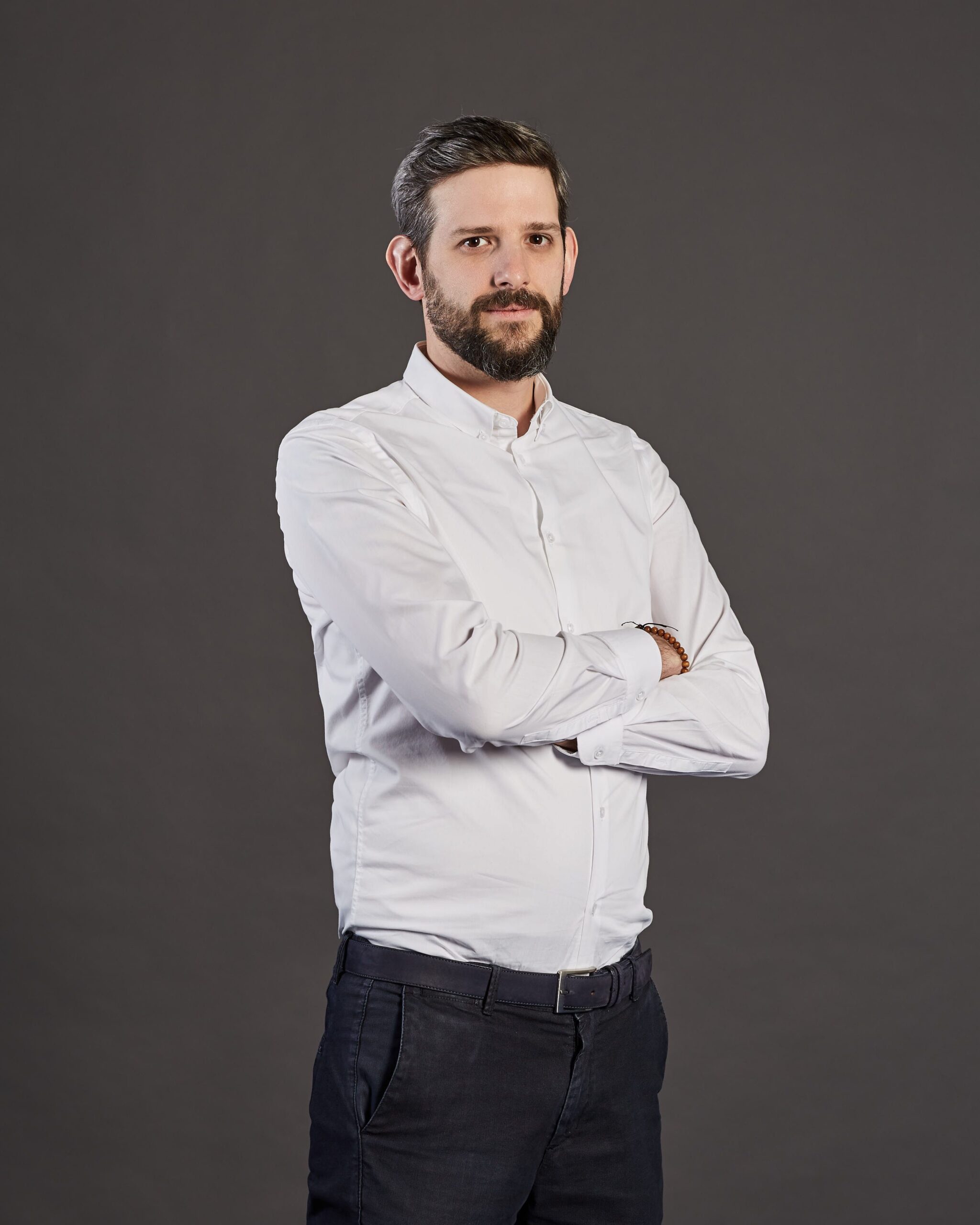Growth Hacking is based on mapping each phase of the company’s relationships with the customers through the A.A.A.R.R.R. Funnel also known as Pirate Funnel.
A.A.A.R.R.R. Funnel consists of 6 phases:
- Awareness
- Acquisition
- Activation
- Retention
- Revenue
- Referral

Here you can learn more about the A.A.A.R.R.R. Funnel.
A.A.A.R.R.R. Funnel is a framework that must be tailored for each specific situation, therefore its design is key.
Each phase of the A.A.A.R.R.R. Funnel is managed through a metric that is called The Only Metric That Matters (OMTM).
Aside from the OMTMs used per each stage of the Funnel, there are other 3 metrics that are fundamental for monitoring its overall health:
- Customer Acquisition Cost (CAC)
- Customer Life-Time Value (LTV)
- Churn Rate: it is the inverse of the Retention Rate metrics, it is interesting to monitor and understand it to eliminate the causes of the customers to abandon the product
CAC and LTV are fundamental since the balance of the 2 defines if the business is sustainable or not.
There is a golden rule: LTV has to be S times greater than CAC (LTV > S x CAC)
In the formula, S is the Success factor and it depends on the cost structure of the company.
Once the Funnel is mapped and the Analytics are available, it is time to activate the Bullseye Framework as well known as the Growth Hacking Cycle.
This framework was first presented in the book Traction: How Any Startup Can Achieve Explosive Customer Growth by Gabriel Weinberg and Justin Mares.
The starting point was the investigation about how the biggest companies invested their budgets.
The outcome was that they all used a multi-channel strategy where most of the resources were invested on the channel with the highest ROI.
Furthermore, these companies used a selection of channels out of 20 types, these are called Traction Channels.
One of the best business cases of successfully exploiting a Traction Channel is LinkedIn.
LinkedIn is a company based in Sunnyvale, CA and it is one of the most famous online business and employment-oriented service worldwide.
LinkedIn was launched in May 2003 by Reid Hoffman, Allen Blue, Konstantin Guericke, Eric Ly and Jean-Luc Vaillant.
LinkedIn was a successful platform since the beginning, in fact, it reached 1 million users one year after being founded (August 2004).
This was huge but not enough since the competition for being the leader in the market was harsh.
In fact, LinkedIn had to win the race against two new players that entered the market in the same period: German social networking site for professionals XING and French social networking site for business owners, entrepreneurs and managers Viadeo.
Therefore, LinkedIn founders started brainstorming on how to improve the Acquisition stage of their funnel and they started looking into the Search Engine Optimization traction channel in order to increase their performances.
They found out that they didn’t have many links to other websites but the most impressing discovery they made was that searching a “Name Surname” combination on Google the SERP gave back very few hits.
Therefore, they decided to attempt something new: they just released the profiles of their users letting them be public and visible for the search engines.
Suddenly, LinkedIn became the number 1 organic source for every “Name Surname” research on every search engine and this attracted a lot of professionals looking for visibility on their profiles.
The traffic, as well as the number of subscriptions, spiked up allowing LinkedIn to reach 10 million users in April 2007.
The success of this initiative changed the destiny of LinkedIn, bringing the company to exponential growth.
In fact, LinkedIn hit more than 560 million users in May 2018.
Business Strategy | Product Marketing | Executive Master eCommerce Management | Business Innovation Master | MSc
I am driven by my personal growth and of people/contexts that surround me.
I followed a professional path in Valentino Fashion Group and Luxottica during which, thanks to the ability to understand different businesses and interests, I was able to succeed in Operations, Merchandising and Retail.
These organizations have exploited my ability to mediate and translate needs/constraints into practice, assigning me to Project Management roles.
Luxottica relied on my ability to analyze, to anticipate things and to imagine/implement solutions by appointing me in Supply Chain Management department and assigning me to the Product Management of IoT solutions for Anti-counterfeiting and Retail digitalization.
During this professional path, I also developed my leadership by managing teams to build Processes, Organizations, Systems and Governance Tools.


Devi effettuare l'accesso per postare un commento.